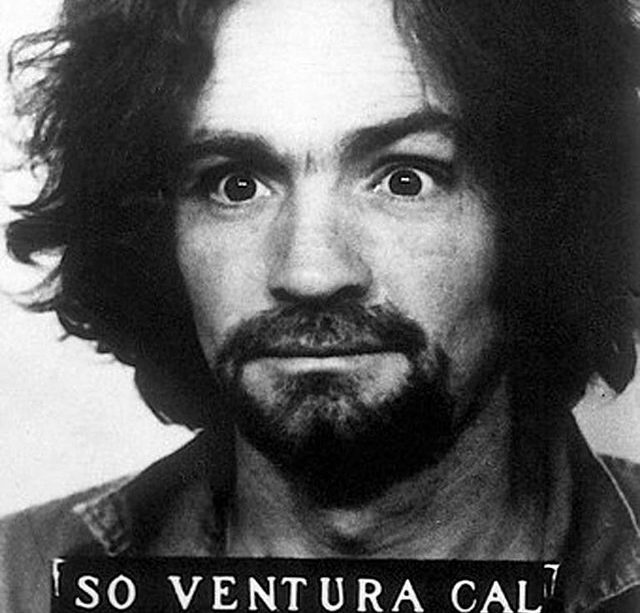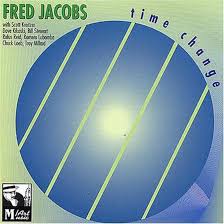The Infamous Legacy of Charles Manson

Introduction
Charles Manson, a name synonymous with infamy, continues to evoke a mix of fascination and horror decades after his crimes shocked the world. Manson led a cult known as the “Manson Family” that was responsible for a series of high-profile murders in the late 1960s, including the brutal slaying of actress Sharon Tate. Understanding Manson’s life and the societal factors that contributed to his rise is crucial for comprehending his enduring impact on American culture and crime.
The Life of Charles Manson
Born on November 12, 1934, in Cincinnati, Ohio, Manson had a troubled childhood marked by instability and crime. He spent much of his youth in reform schools and prisons. In the 1960s, he began attracting followers, luring them into his commune in California’s Death Valley, where he preached a distorted version of the impending apocalyptic race war.
The Manson Family and the Murders
In 1969, Manson directed his followers to commit a series of murders that would forever mark American history. The most infamous of these was the Tate-LaBianca murders, where Sharon Tate, eight months pregnant, and four others were brutally killed. These events stirred public outrage and horror, leading to a nationwide dialogue about societal change, violence, and the counterculture movement of the 1960s.
Legal Consequences and Media Sensation
Manson was arrested and ultimately convicted for his role in the murders in 1971. Sentenced to life in prison, he spent the remainder of his life behind bars until his death in 2017. His trials were highly publicized, becoming a media sensation and further embedding Manson’s persona in the collective American consciousness. Over the years, Manson’s life has been the subject of numerous books, documentaries, and films, continually sparking interest and debate about the nature of evil.
Conclusion
Charles Manson’s legacy is a chilling reminder of the complexities of human behavior and the dark side of the counterculture movement. His ability to manipulate and his infamous crimes have made him a central figure in discussions of cult psychology, crime, and media influence. As society reflects on these events, the question remains: how do we ensure that history does not repeat itself? Understanding figures like Manson allows for a deeper insight into societal vulnerabilities and the importance of addressing psychological manipulation in all forms. As conversations surrounding mental health, community, and crime continue, Manson’s story serves as a cautionary tale that underscores the essential need for vigilance and awareness.









